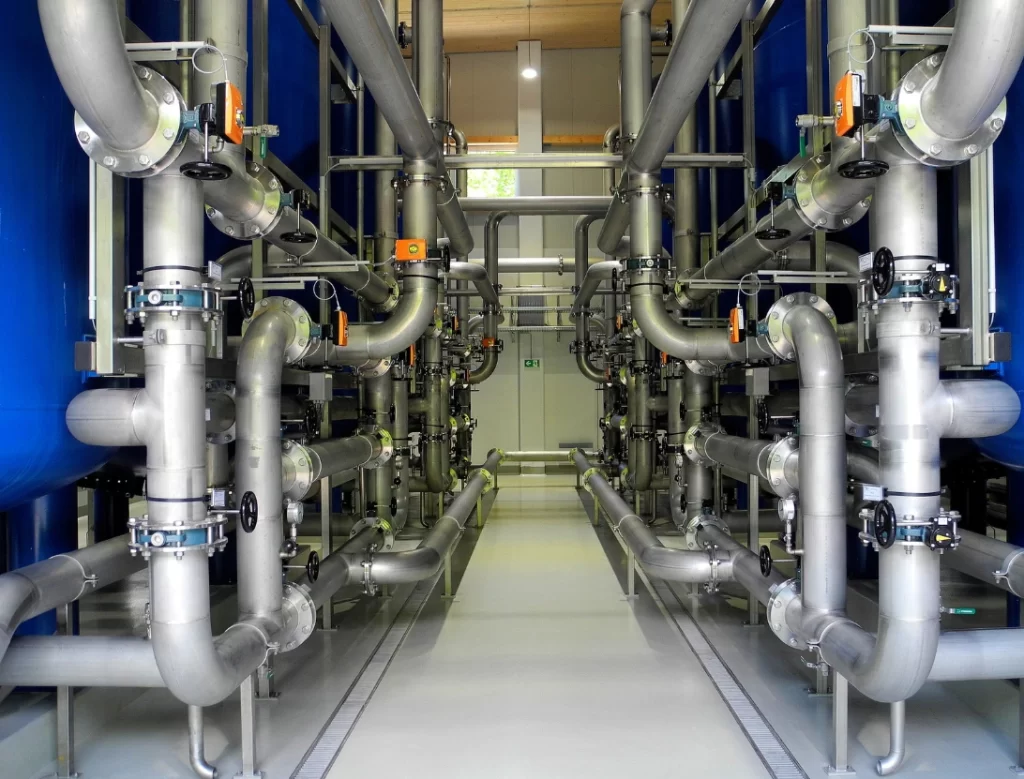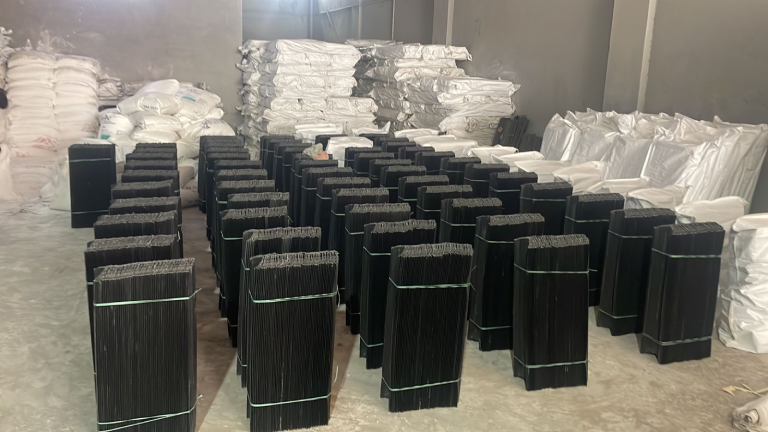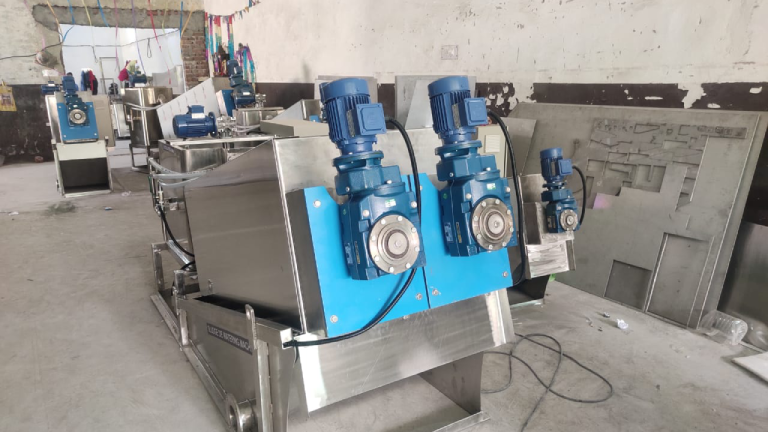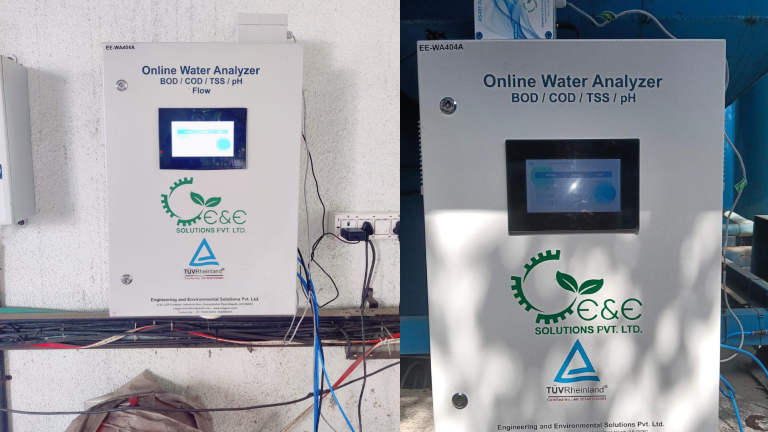Zero Liquid Discharge


Zero Liquid Discharge (ZLD) is an advanced wastewater treatment process designed to eliminate liquid waste discharge from industrial processes. Here’s a brief overview of the key components and steps involved in ZLD:
Pretreatment: The first step in ZLD involves the pre-treatment of the wastewater to remove large particles, oils, and other contaminants. This may include processes like screening, settling, and chemical treatment.
Primary Separation: After pre-treatment, the wastewater is further processed to separate solids from the liquid. This can be achieved through processes like sedimentation or filtration.
Concentration: In this step, the separated liquid is concentrated by methods such as evaporation, crystallization, or reverse osmosis. This reduces the volume of the liquid waste significantly.
Water Recovery: The concentrated liquid is processed to recover as much clean water as possible. This recovered water can often be reused within the industrial process, reducing the need for fresh water intake.
Solid Waste Disposal: The solid waste generated during the concentration step is typically dewatered and disposed of properly, often in a landfill or through other suitable methods.
Salt Recovery (Optional): If the concentrated liquid contains valuable salts or minerals, these can be recovered and reused or sold as a by-product.
The goal of ZLD is to minimize the environmental impact of industrial wastewater by reducing or even completely eliminating the discharge of liquid waste. It’s particularly important in industries where stringent environmental regulations or water scarcity are significant concerns.




